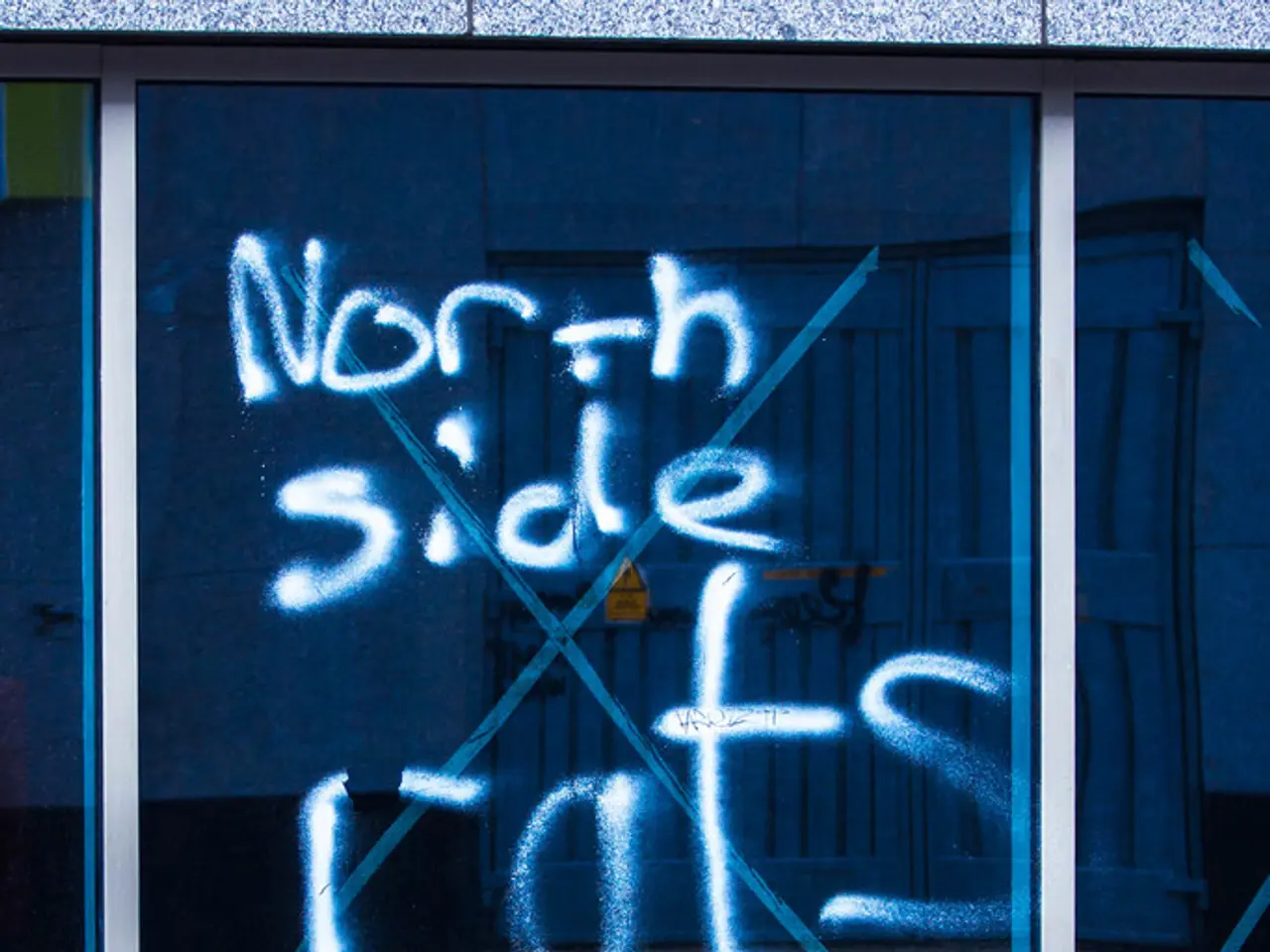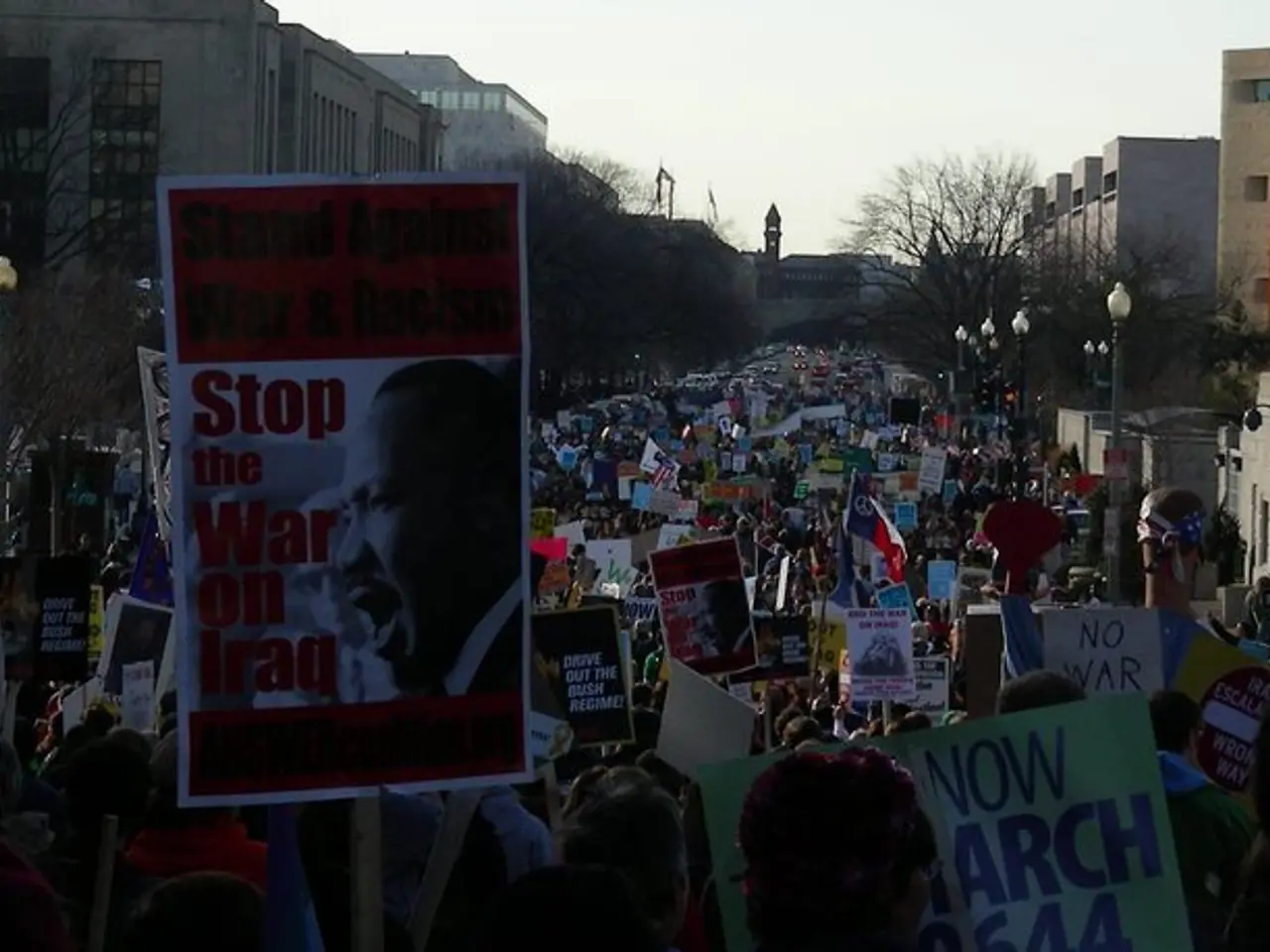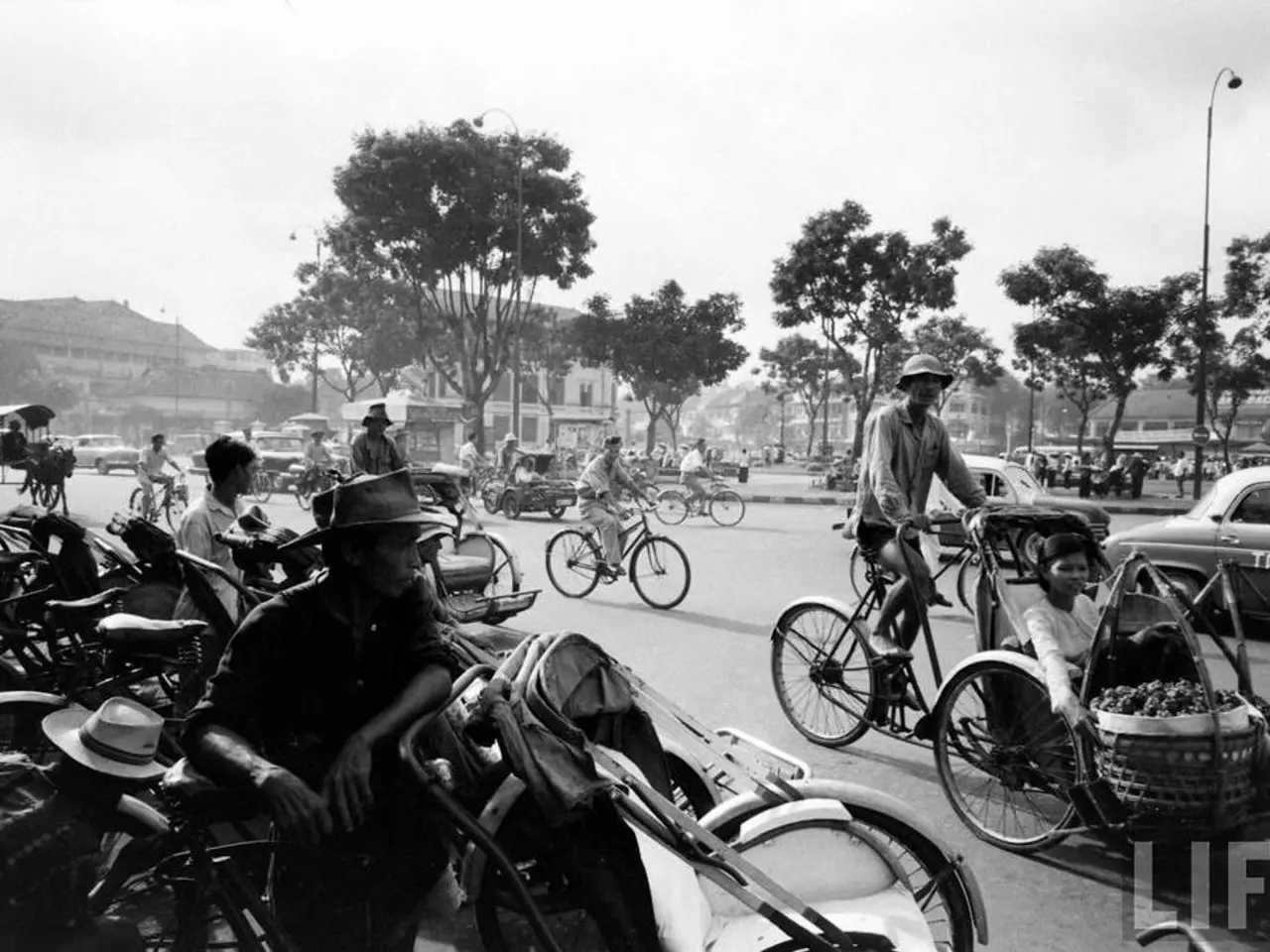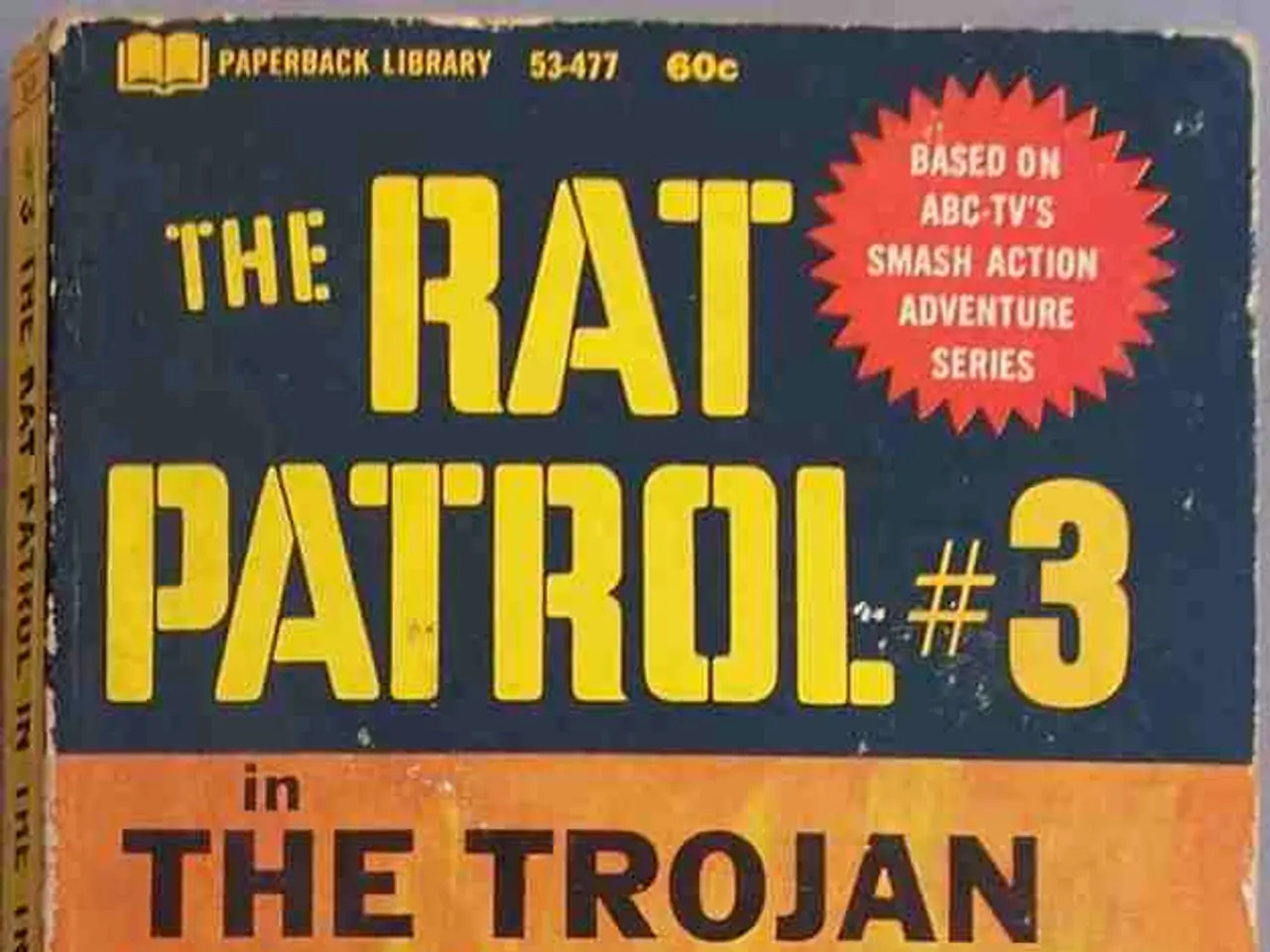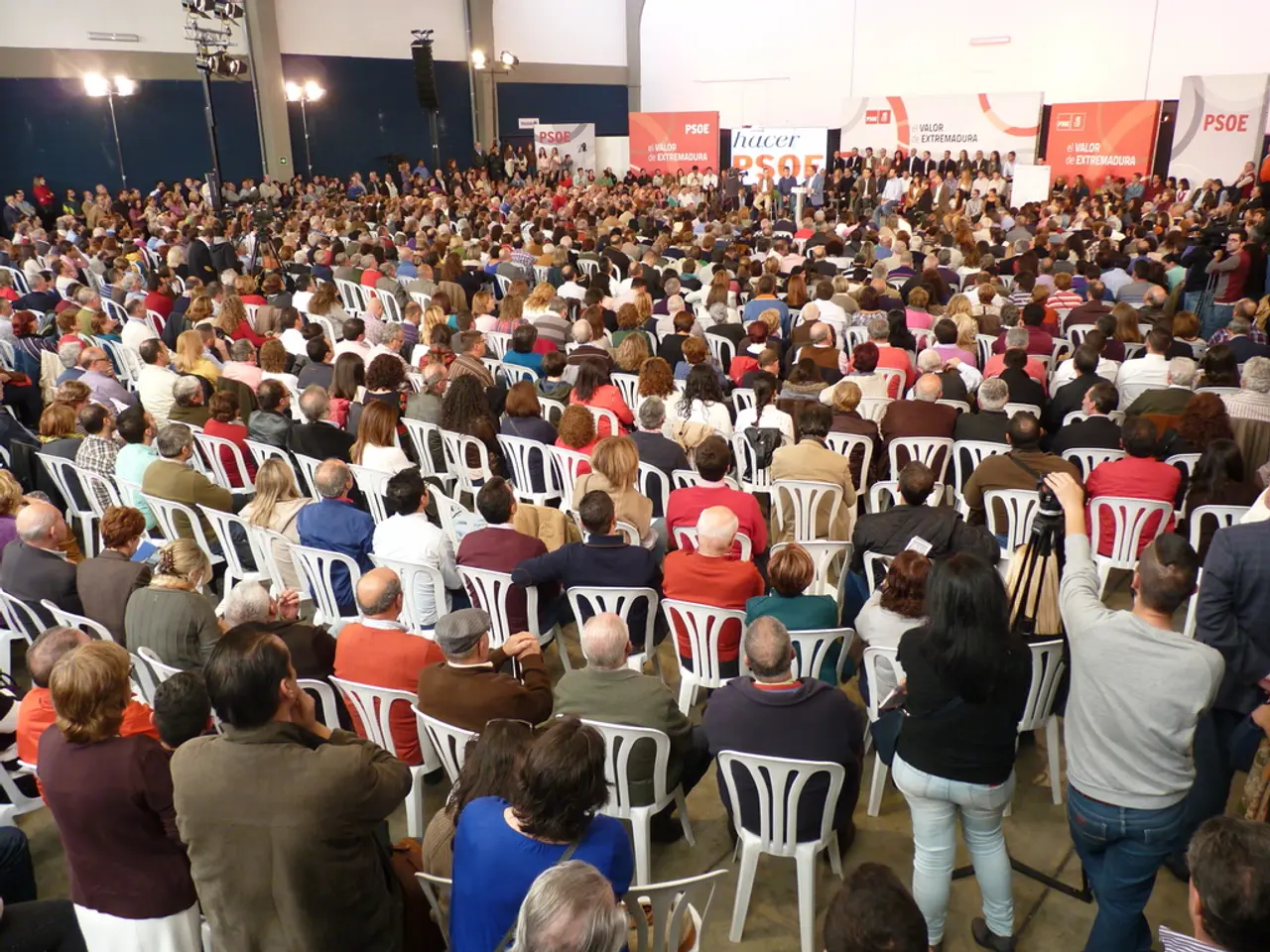Border Transport Operations Remain Smooth, According to Poland's Minister of Interior
Poland has reinstated border controls at its frontiers with Germany and Lithuania, marking a response to Germany's own stricter border enforcement and the contentious issue of Germany returning irregular migrants to Polish territory. The controls, which began on July 7, 2025, are initially set to last for 30 days but may be extended.
The Polish government, led by Interior Minister Tomasz Siemoniak, emphasizes that these measures are aimed at combating illegal migration activities, with a focus on vehicles suspected of migrant smuggling, such as buses, minibuses, cars carrying multiple passengers, and those with tinted windows. However, the minister assures that ordinary travelers, particularly EU citizens, will not face obstacles.
The reintroduction of these border controls is partly a reaction to Germany's own restrictive measures, which have included turning back migrants who crossed into Germany irregularly from Poland. This practice has become a sensitive issue in Poland, as it places additional pressure on the country and has fuelled tensions with far-right groups who accuse Germany of deliberately transporting migrants into Polish territory after they reached Western Europe.
European Parliament deputy president Katarina Barley has described Poland's move as a retaliation against Germany, warning it pushes the Schengen Area’s principle of freedom of movement to its limits. The situation reflects broader tensions over migration management in the EU and challenges to open-border agreements.
Recent events have highlighted the effectiveness of these controls. An Estonian citizen was stopped by Polish border guards shortly after midnight at a crossing to Lithuania. The individual had four people from Afghanistan in his car who were attempting to enter irregularly. The Afghans are set to be rejected back to Lithuania.
It is worth noting that the controls were also implemented at the Poland-Lithuania border. Despite these stringent measures, traffic is flowing smoothly at the 52 crossings along the German-Polish border and the 13 crossings to Lithuania.
The Polish government in Warsaw reports that everything is running smoothly at the border, with no incidents reported so far during the temporary controls. Federal Interior Minister Alexander Dobrindt (CSU) ordered more intensive border controls shortly after the new federal government took office in May.
In conclusion, the current border control measures aim to combat irregular migration and are a response to similar German measures and the sensitive issue of Germany returning irregular migrants to Poland. The situation underscores broader tensions over migration management in the EU and challenges to open-border agreements.
The Polish government, led by Interior Minister Tomasz Siemoniak, has reinstated border controls in response to Germany's stricter measures and the contentious issue of migrant returns, aiming to combat illegal migration activities. These actions are part of a larger context of challenges to open-border agreements and tensions over migration management in the European Union.
